The sixteenth and seventeenth centuries saw Europe in turmoil. Religious conflicts rocked the western Christian nations, while in the east, a new power was entering its halcyon years. The Ottoman Empire, having taken Constantinople in 1453 and dismantled the Byzantine Empire, the last bastion of Ancient Rome, began to expand aggressively in the Balkans and the wider Mediterranean. Powered by their financial control of the lucrative east-west trade routes, governed by a complex and effective bureaucratic system, and ruled by a succession of powerful and effective Sultans, the Ottomans were a dominant force in Europe, and would remain significant players in the European political sphere for centuries to come.
The Janissaries
Crucial to the Ottoman military success was the Janissary corps. This force of highly-trained, rigidly disciplined, and fantastically loyal infantrymen had been founded in the early 14th Century, using a system of slavery known as Devshirme, a complex concept alien to modern sensibilities. Essentially this was the practice of kidnapping young boys from the Christian vassal states of the Empire, forcibly converting them to Islam, and raising them in strict discipline while training them as soldiers or administrators. Devshirme was intended to produce a class of people loyal only to the Sultan, to counteract the sometimes-fickle loyalty of the Ottoman nobility. While they were unfree, they were simultaneously not exactly slaves; people conscripted in this manner were paid wages, and were sometimes able to reach high rank and attain great wealth. By 1648 the system was effectively ended, but during the period of Pike & Shotte that we’re discussing today, the Janissaries were the most visible products of the system.
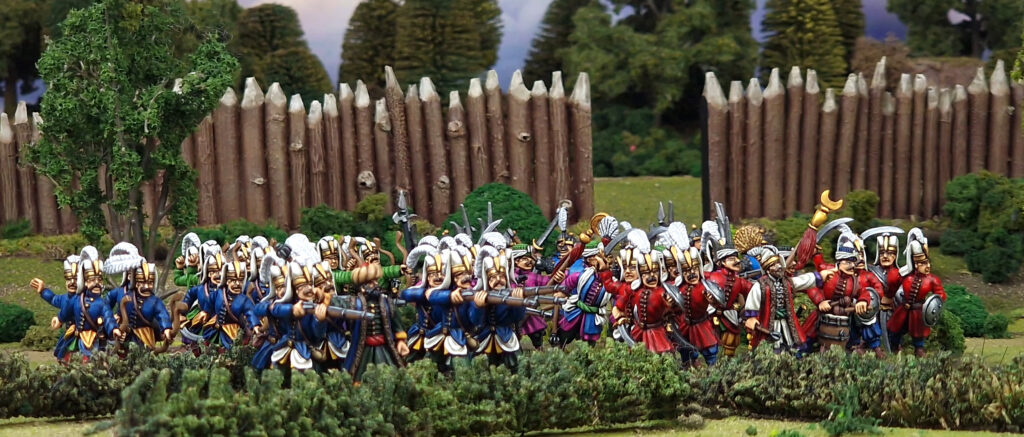
The Janissaries were in many ways the forerunner of the modern ‘professional’ standing army. Housed permanently in barracks, issued with uniforms and distinctive headgear in a time when this was virtually unknown elsewhere in Europe, they were among the first troops to make widespread use of firearms (previously having held a reputation as expert archers), and received regular wages, as well as pensions upon retirement. A robust logistics chain accompanied them on campaign, and they were among the first military units to march in time to accompanying music – all in all, they were arguably much closer to a Napoleonic-era force than their contemporaries. The Corps was divided into Ortas, the equivalent of a battalion, and at the height of the Janissaries’ powers in the late 1500s there were 196 of these formations. These were divided between frontier troops known as Cemaat, the Sultan’s household and bodyguard formations, called Beyliks, provincial reserves (Sekbans) and cadet troops (Ajemi). Each Orta was led by a Cobaci or ‘Soup Maker’, a title that indicated humility before the Sultan, and an Asci Usta (Master Cook). Culinary traditions played an important role throughout the Janissary Corps as successful leaders should be able to provide for their men. Indeed, the traditional kazan cooking pot became one of the most well-known symbols of the Corps and was sometimes carried into battle in much the same way as a banner!
The Janissaries were famously skilled in the use of many weapons and we’ve got numerous ways to build your own orta! For earlier armies, the halberdiers and archers give you an ‘old-school’ feel, while the boxed set brings in the more modern musketeers and swordsmen. There’s also a choice of command groups, as well as (naturally) the totemic kazan. Finally, there are the obligatory mounted officers and a casualties pack – Everything you’ll need to get these fearsome troops marching through the Balkans! On the tabletop, Janissaries are a little expensive but certainly effective, boasting an excellent Hand-to-Hand of 5, along with a Shooting of 2 and a 4+ Morale. Coupled with the Elite 4+ special rule, they’re a serious handful on the tabletop – just watch out for those Winged Hussars!
Vassal States
With the enormous size of the Ottoman Empire at its peak, the Janissaries alone were insufficient for the demands of policing and defending such a wide area. Large numbers of troops were drawn from the vassal states of the Empire, including notably Wallachia (part of modern-day Romania). Previously implacable enemies of the Ottomans, the Wallachian voynik infantry served well. Outfitted in somewhat archaic style with halberds and shields, they are nevertheless determined and capable troops, perfect for filling out your battalia if there aren’t enough Janissaries to go around – use the rules for Irregular or Levy Infantry!
The Ottoman army also made use of numerous types of cavalry, both heavy and light. The Kapikulu Sipahis (cavalry of the Porte) were the elite ‘heavies’, and occupied a similar social niche to the Janissaries, being loyal to the Sultan only. Heavily armed and armoured, they gained a reputation for loyalty and reliability, as well as fearsome martial prowess. Wielding swords, lances, and pistols and mounted on armoured warhorses, they cut a fearsome presence on the battlefield, with a monstrous Hand-to-Hand of 8 and a Morale of 3+! Line them up and watch them cut down lesser horsemen with ease! For light cavalry support, the fearsome Deli light cavalry bring even more style to the battlefield, being recruited from the Balkans to act as a border guarding force. Festooned with exotic pelts, their name literally meant ‘wild’, and with their swords, bows, and spears they certainly acted the part! Similar (albeit less fancifully draped) light cavalry was also recruited from across the Empire, with Arab cavalry being notably effective in much the same role as the Deli. Both use the same profile in Pike & Shotte and are nice cheap light cavalry capable of holding their own, provided they aren’t foolishly used.
The Sultan
With all these fantastic troops, you’ll need a simply… magnificent man to lead them. Enter Suleiman! This legendary (and excellently-hatted) Sultan was the longest-reigning ruler of the Empire, with a four-decade reign encompassing no less than 13 major campaigns contributing to the expansion of Ottoman territory. Although he was never able to fulfil his goal of capturing Vienna (he died on campaign while attempting to march on Vienna in late 1566), he was a legendary military figure in his time, as well as a legal and political reformer of significant note. As the iconic Ottoman military figure, who better to have at the head of your army?
Soldiers, take up your arms – we march for Vienna!
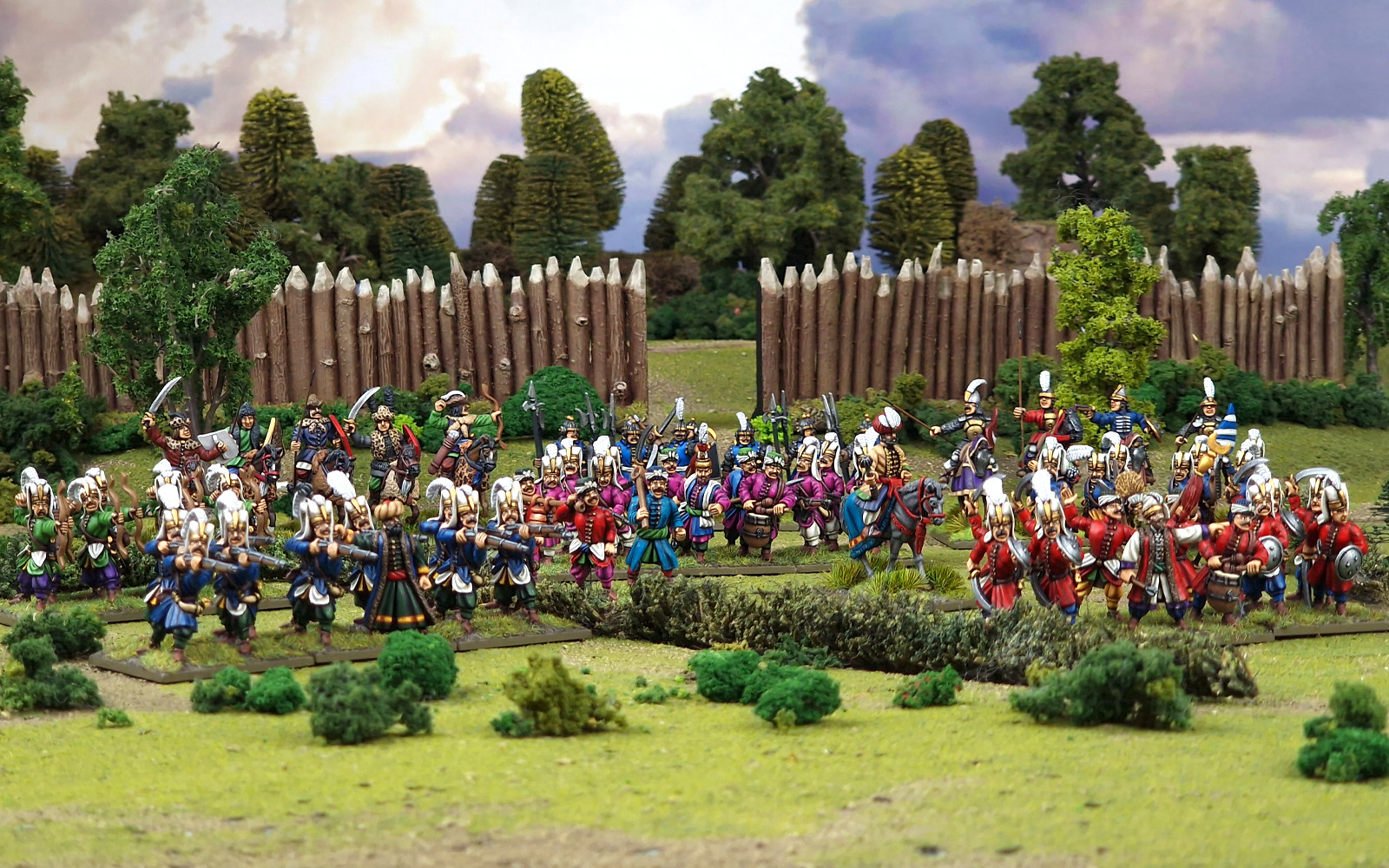

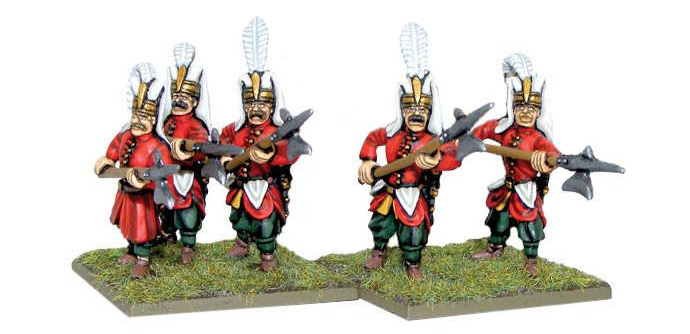
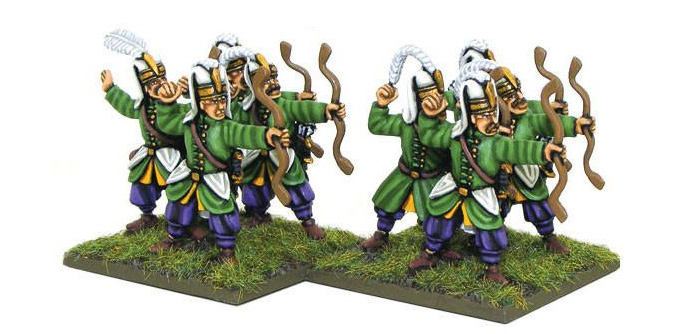
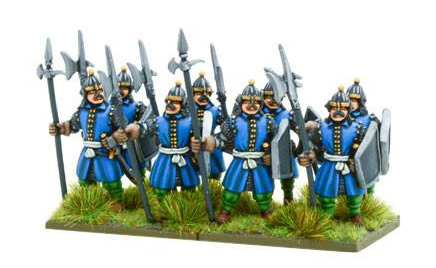
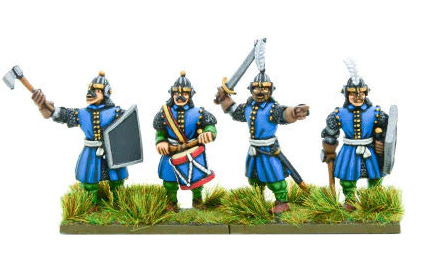
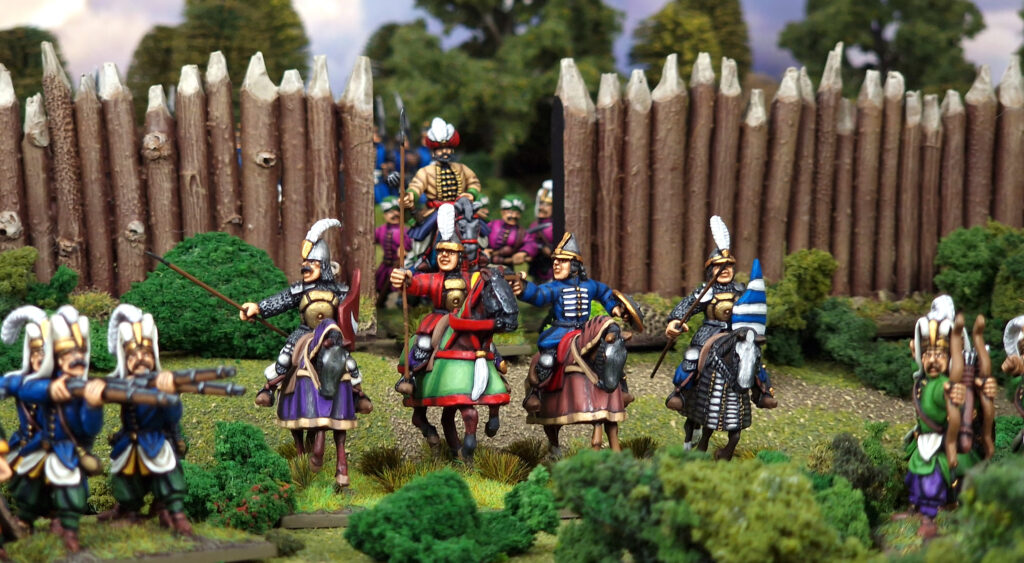
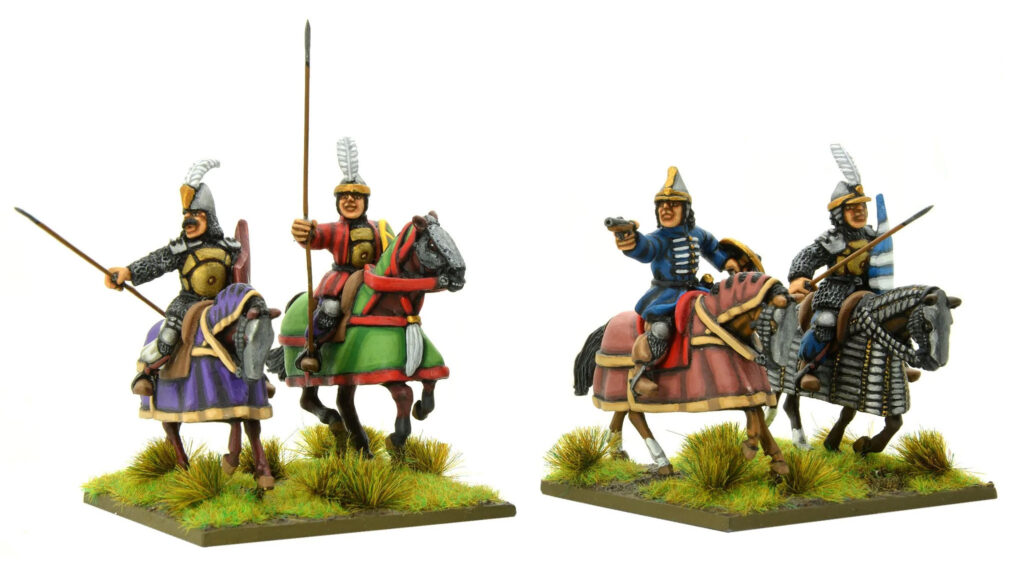
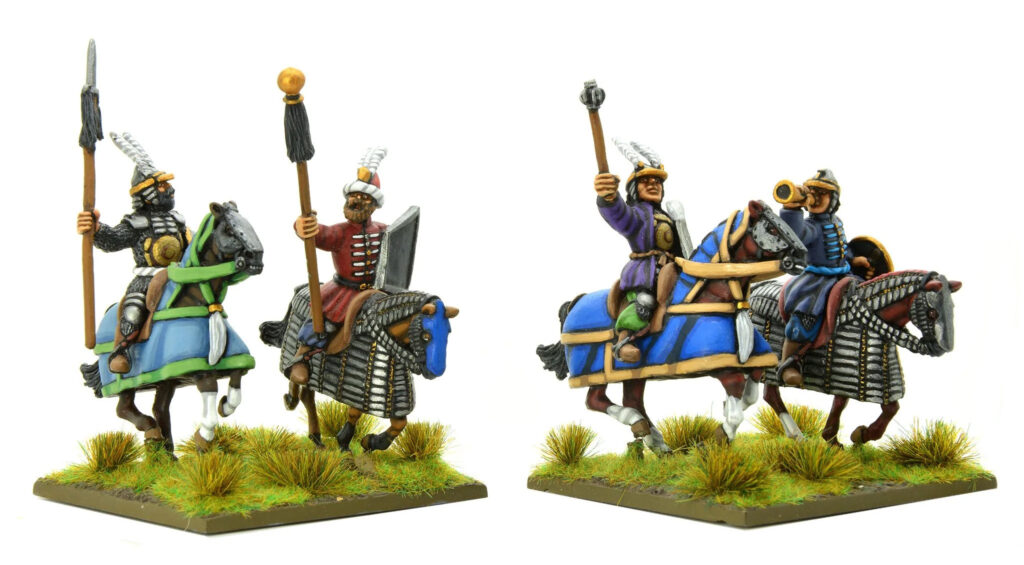
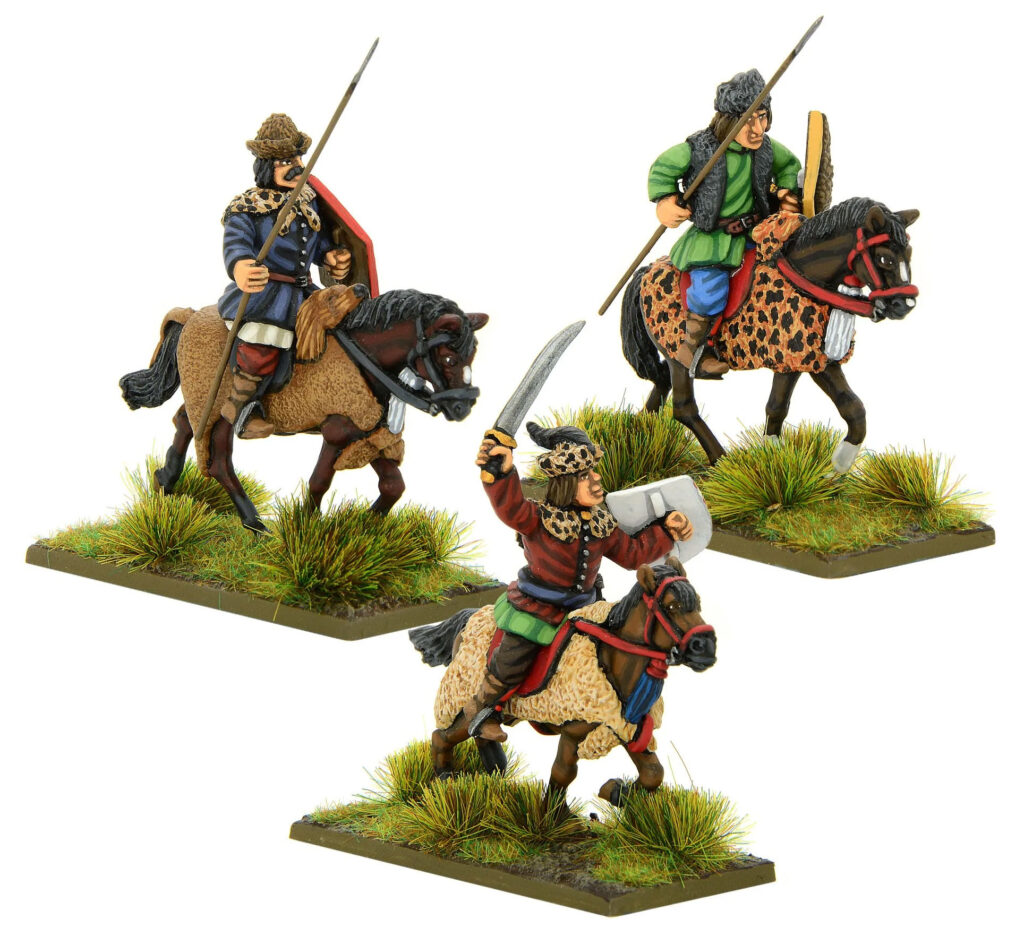
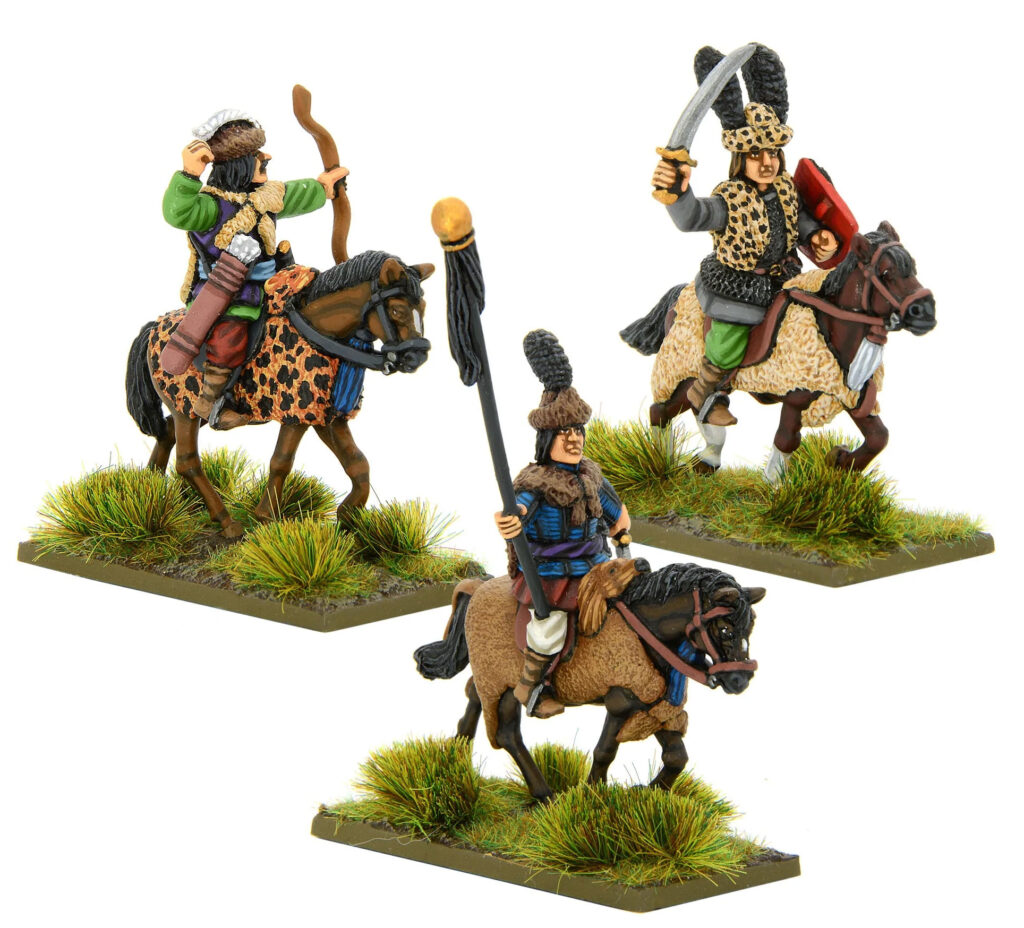
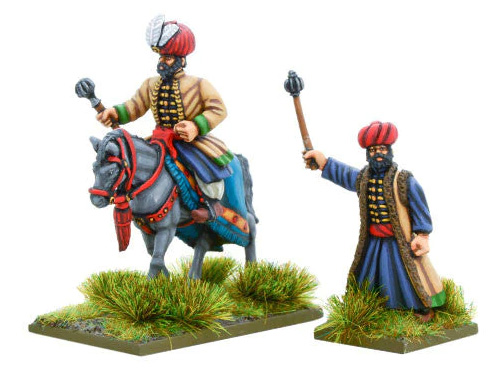
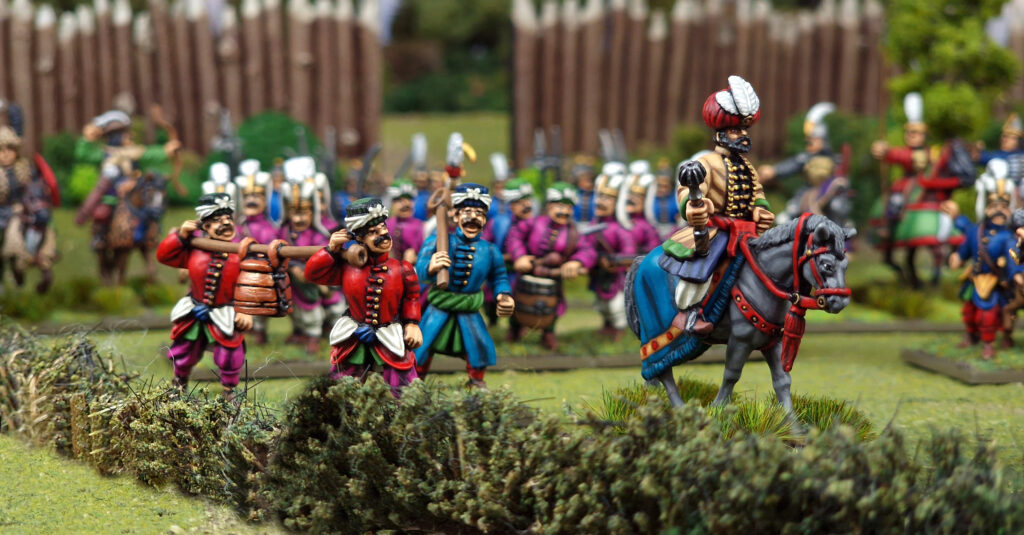
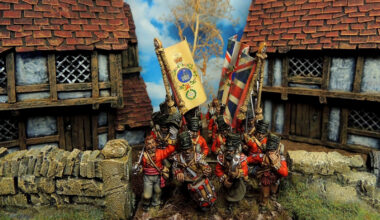
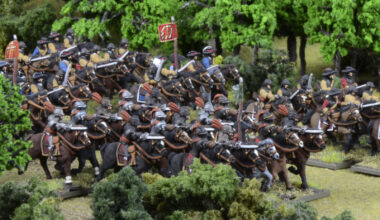
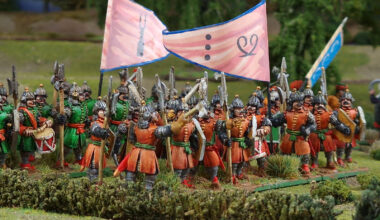
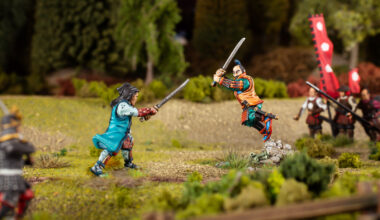
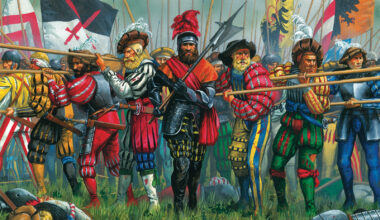
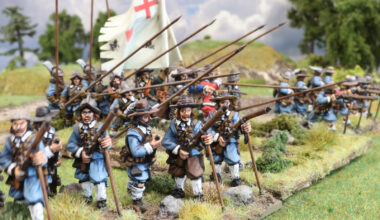
2 comments
Wot no Azabs? That swarm of cheerful chappies rolling across the plain in search of loot? Also lots of marauding Tartar horsemen along for a bit of pillaging. I actually live about 2kms from where the Lower Austrian militia caught up with the fleeing Ottomans in 1683. The landscape is still studded with memories of the war.
Beautiful figures. Can these be used for the Napoleonic era?
Comments are closed.